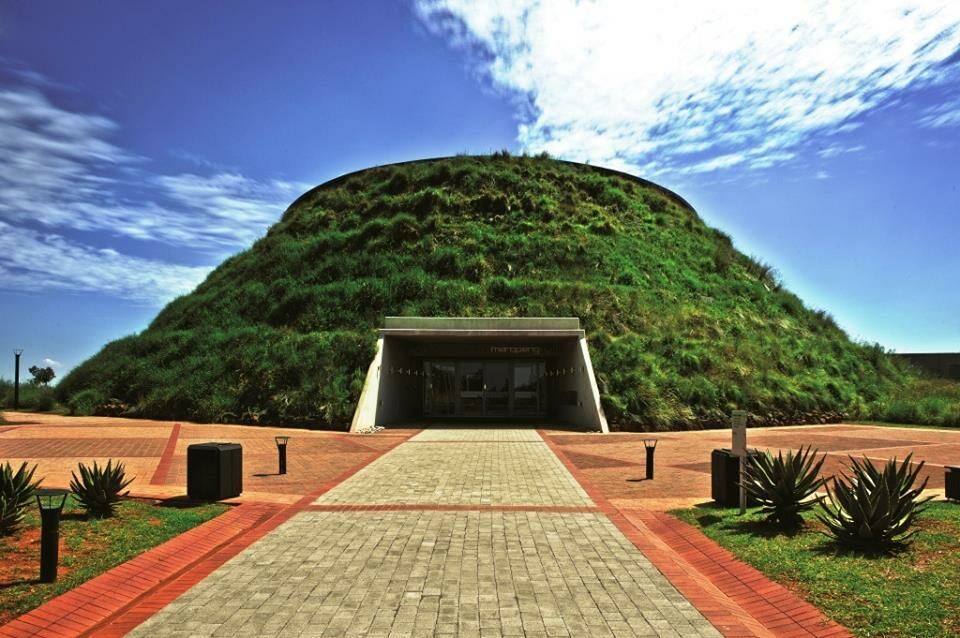The Main Principles Of Johannesburg North Attractions
The Main Principles Of Johannesburg North Attractions
Blog Article
Some Ideas on Johannesburg North Attractions You Need To Know
Table of ContentsJohannesburg North Attractions Can Be Fun For EveryoneJohannesburg North Attractions Can Be Fun For AnyoneExamine This Report on Johannesburg North AttractionsWhat Does Johannesburg North Attractions Do?The 8-Second Trick For Johannesburg North AttractionsAbout Johannesburg North Attractions
The city owes its place to the visibility of a much more valuable source: gold. The city expanded on the edge of the Witwatersrand Main Coral reef, a subterranean stratum of gold-bearing quartz-silica corporation that arcs for thousands of miles beneath the Highveld. Many of the gold mines in the city ceased procedure in the 1970s, but in its day the Witwatersrand gold market made up more than 40 percent of the world's annual gold production.Johannesburg has a temperate climate. Summer temperatures balance about 75 F (24 C); winter season temperature levels average about 55 F (13 C) and only sometimes dip below freezing. The city appreciates concerning 8 hours of sunlight per day in both winter season and summertime. Rainfall standards concerning 28 inches (700 millimetres) per year, yet the complete differs substantially from year to year.
What rain the city obtains falls almost specifically in the summer season months, commonly in amazing late-afternoon electric storms., where many homeowners still depend on coal for fuel.

The Of Johannesburg North Attractions
The equilibrium of the city is inhabited by whites. Accommodation varies in personality and high quality.
Physical development, although rather restricted by transportation, proceeded promptly as migration to South Africa, and Johannesburg specifically, increased considerably. This issue was resolved in the 1930s when the automobile was presented in mass production to South Africa. Vehicles were, generally, confined to the wealthy, and permitted them to relocate to the north of the city and commute right into the centre.
The majority of poor suburban areas were combined, with inadequate blacks and whites living together, although the well-off residential areas were typically reserved for whites.
The previous system of eleven numbered regions was reorganised in 2006. Marshalltown, as seen from the top of the Carlton Centre. The M1 and M2 run behind the structures, and the southerly residential areas prolong past the highway limit. The central city of Johannesburg lies within the city's Area F. The approximated populace of the area is 200,000, [] yet the number of people staying in the internal city on an informal basis is unidentified, as many are unlawful immigrants. Many higher-income citizens and white people have relocated to the north residential areas and have actually been replaced by lower-income black people. The unemployment, education, and age profiles of the area are all unknown, due to the problem of acquiring trusted information concerning the location.
The Facts About Johannesburg North Attractions Revealed
Yeoville and Bellevue have a mix of apartment structures and single domestic systems on tiny lots. The region lies on a hilly divide that ranges from east to west. One of the most noticeable geographical attribute is Observatory Ridge, which is named for the huge observatory navigate to this site located on it. The recreational rooms are no longer made use of, because of safety and security issues.

Johannesburg Arena, a training ground for both the Golden Lions and Orlando Pirates, is surrounding. The eastern residential areas of Johannesburg lie in the city's 7th [] and 9th [] areas. The area is also functionally incorporated with East Rand boundary towns beyond the official border of Johannesburg, such as Bedfordview and Edenvale (both component of Ekurhuleni Metropolitan Community).
Johannesburg North Attractions Fundamentals Explained
R. Tambo International Airport Terminal). The eastern residential areas are a few of the oldest areas of Johannesburg, there are huge neighborhoods of Jewish and other European backgrounds, most of the population is English talking. There are three fairway along with a variety of protected ridges with viewsites. There are a number of strong and up-market entertainment and shopping locations in the eastern such as the Eastgate Mall and the Greenstone shopping center.
The location is primarily composed of old "matchbox" houses, or four-room houses constructed by the federal government, that were constructed to give inexpensive holiday accommodation for black workers throughout apartheid. Soweto is an acronym, representing "South Western Townships". Road after street in this area is lined with matchboxes; nonetheless, there are a few smaller sized areas where flourishing Sowetans have actually built homes that are much more comparable in stature with those in even more affluent suburban areas.
Hostels are an additional noticeable physical attribute of Soweto. Initially developed to house male migrant workers, numerous have been enhanced as dwellings for pairs and family members. The N1 Western Bypass skirts the eastern limit of Soweto. The residential area was not historically enabled to develop employment centres within the area, so nearly all of its residents are commuters to other components of the city.
The Best Strategy To Use For Johannesburg North Attractions
The residential areas in the northern suburban areas are primarily formal, with no substantial locations of casual housing, or housing that does not have a long-term framework. This is an established area, there is a pattern of land use modification anchor from property to business, specifically along main arterial roads and around recognized nodes.
The location is well connected to roadway networks, particularly along the north-south axis developed by the M1 and N1. Roads to the eastern and west are less well established, as there are no freeways travelling because instructions. Towards the a knockout post north border of the city, the thickness of growth decreases, leaving large locations of undeveloped land around Midrand.
The Single Strategy To Use For Johannesburg North Attractions
, which is located on a hillside forgeting the internal city and Hillbrow.
Report this page